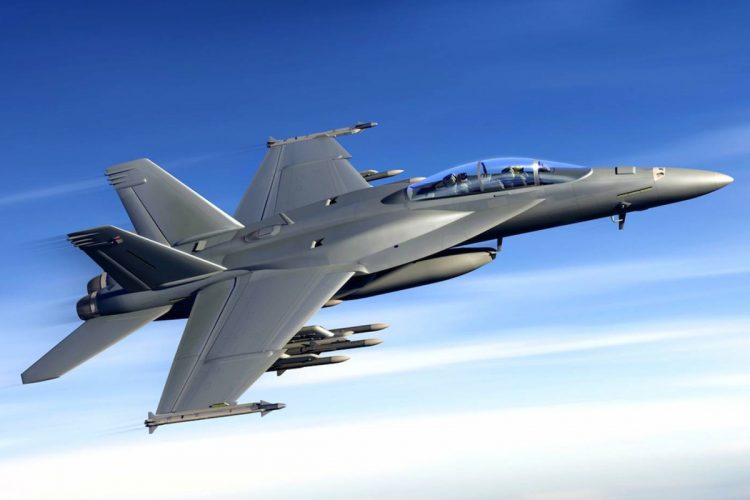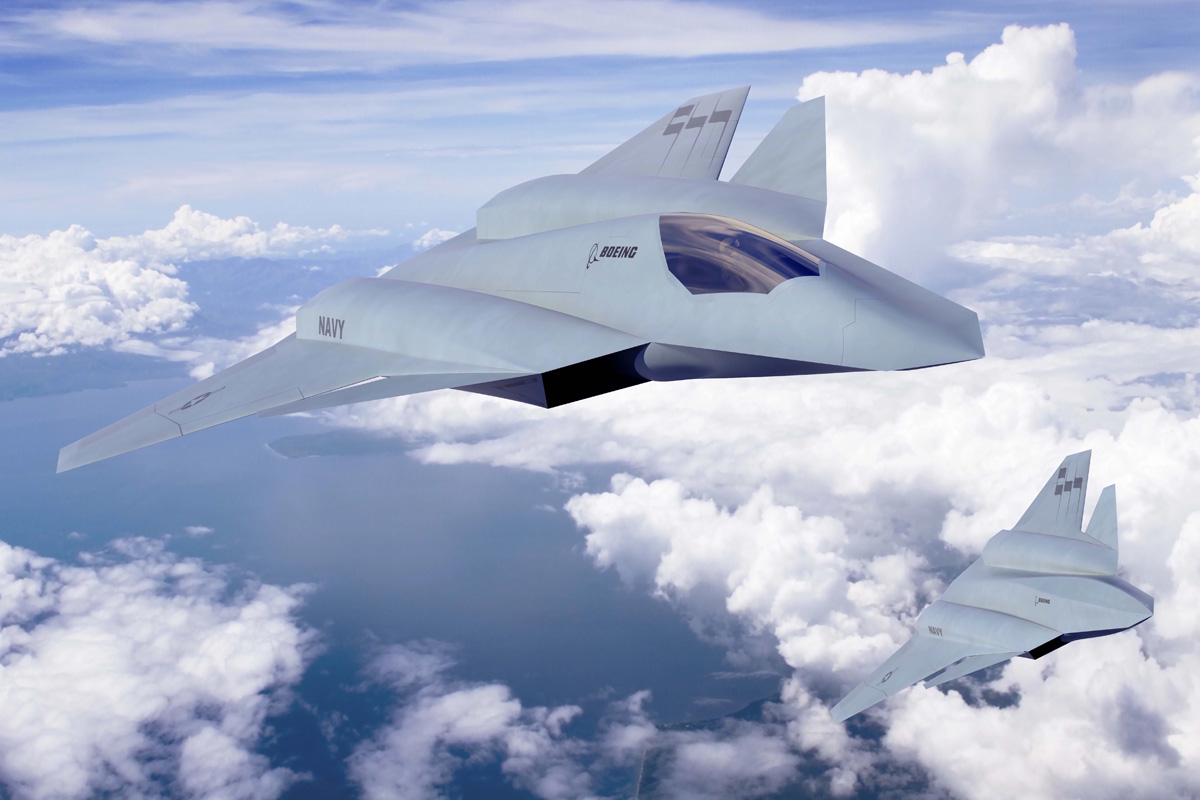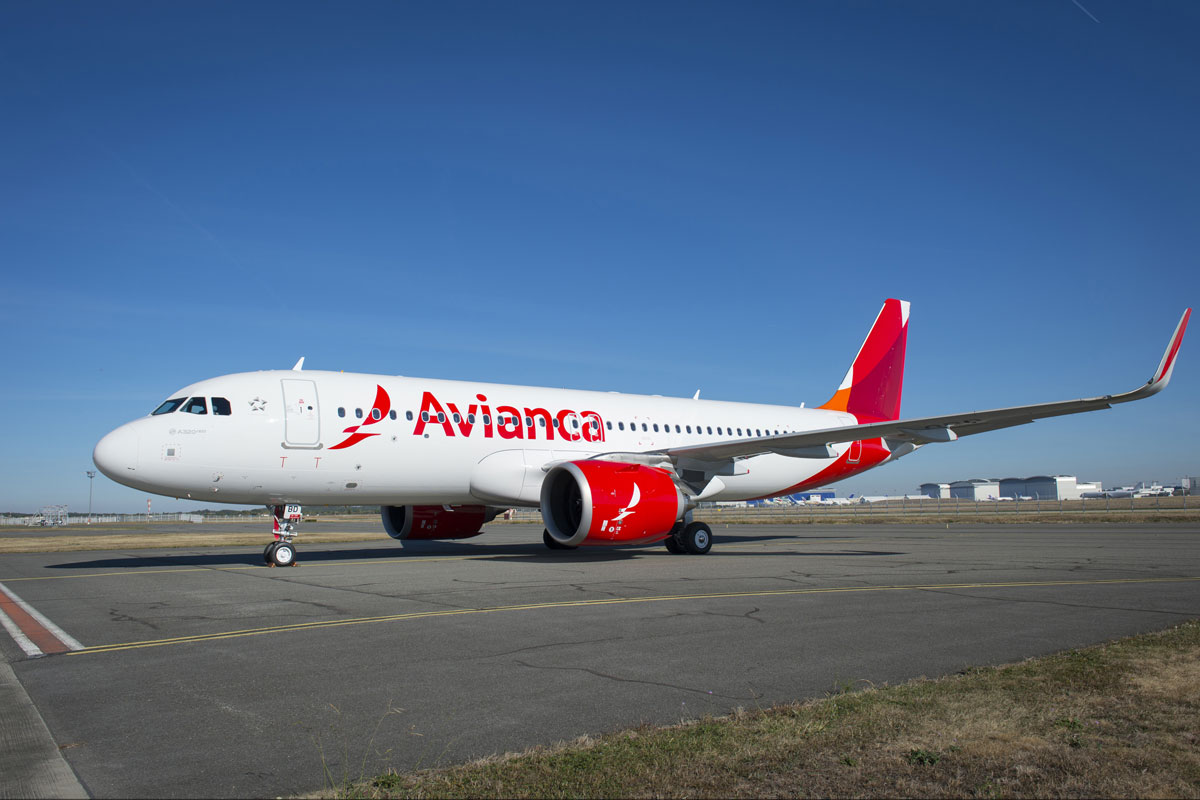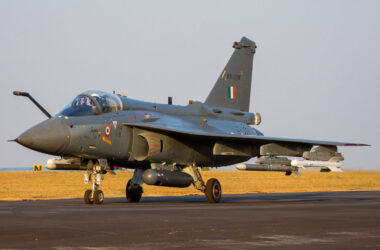Started in 2016, the US Navy’s Next-Generation Air Dominance (NGAD) program is finally nearing a definition. According to Rear Adm. Scott Conn, director of air warfare, said in audience in Washington (DC), “due within the next two month”.
The program anticipates the development of a new 6th gen fighter that will take the place of the F/A-18E/F today used in aircraft carriers. According to Conn, until June the “analysis of alternatives” (AOA) will be finalized which will indicate what kind of solution the Navy will need: “Will inform future choices reflected in future budget cycles in terms of what we need to do to get after the lethality that we need at a cost that we can afford. “, explained.
At the time it was launched, the program would evaluate manned and unmanned fighters and demonstrated electronic warfare capability to replace the EA-18G Growlers, also based on Boeing’s fighter.
Focus on the F-35
The US Navy, unlike the Air Force, does not have a 5th generation large fighter. Instead, the force plans to receive about 260 F-35C fighters that will retire the older F/A-18s from the A, B, C and D series and complement the more capable Super Hornets.
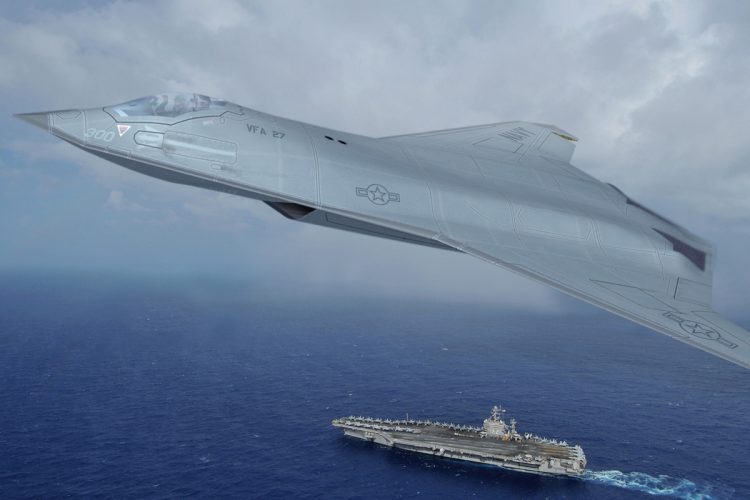
Speaking of the fighter, with the $4 billion contract signed with Boeing for the modernization of 78 units to the Block III configuration and which was closed in March, the US Navy must operate the F/A-18E/F for at least 2030.
With the reinforced airframe, increased range and weapon capability, plus a slightly smaller radar signature, Block III’s F/A-18 must serve until the new 6th generation fighter comes into operation. “Anything beyond Block III Super Hornet is a Next-Generation Air Dominance discussion, in terms of what’s going to replace that aircraft,” Conn said.
Also referred to as F/A-XX, the US Navy program has ended up separate from the Air Force (F-X) requirement although there may be some kind of synergy.
If for the US Navy the new fighter is essential, for the Marines it will be expendable since the objective is to unify your fighters squadrons with the F-35B, the variant of short takeoff and vertical landing, plus some F-35C .
See also: Pentagon plans to buy 12 new F-15X fighters
